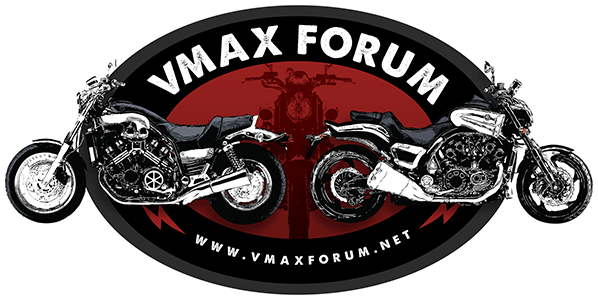Sidecarjohn
Well-Known Member
Could the rest of us be permitted to follow this thread in peace, please ?
Happy new year !
Happy new year !

The throttle bodies already have tubes to connect the MAP sensor do I don't need to add those to the manifolds
I deliberately broke the first test print and found out the weakest spot is where the tube section connects to the base plate so I added some fillet there:
View attachment 81859
Next up will be printing it with the carbon reinforced nylon. Happy holidays!




Hi Sean,Don't forget to print in the sealing groves so the boots will fit.

Pretty sure you will see more mpg, more top end power, better low end, and maybe even more mid range torque.Thanks for sharing the development process. I'm always willing to learn something and this is definitely a learning process for me. I hope that your efforts reward you with better performance, less maintenance, and a reasonable outlay of $.
Wow. I did not know that. You learn something new every day.Also don't forget the left front #2 and right rear #3 bolts enter oil galleries...oil can creep up the threads if unsealed.
Good call by Sean.
You could print small grooves, like on hose tails or hose joiners. The difference in diameter, and it doesn't need to be much, will grip the hose/boot better than a smooth surface.... it probably won't be an issue but no harm with a 'belt and braces' approach.
Example:
View attachment 82125
Are there o ring grooves on the underside of the bolt flange? Also don't forget the left front #2 and right rear #3 bolts enter oil galleries...oil can creep up the threads if unsealed.
Just as an FYI to what Danny mentioned

Perfect!! As I knew it would be.Thanks Sean and Danny, indeed I`m aware those ones are leaking. I always add some liquid gasket to the threats of those bolts and it always works fine.
And yes there is a o-ring groove on the underside of the stack:
View attachment 82159
So all good












